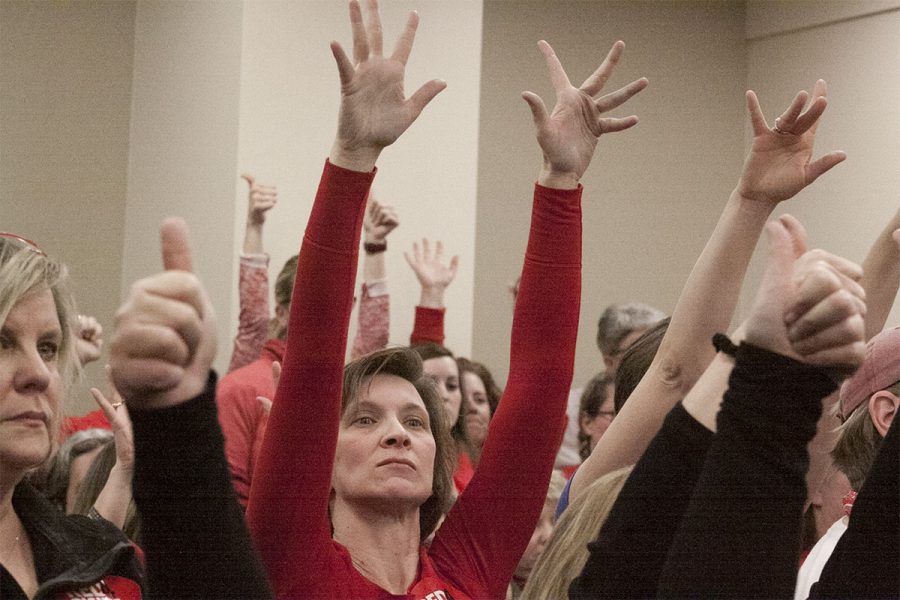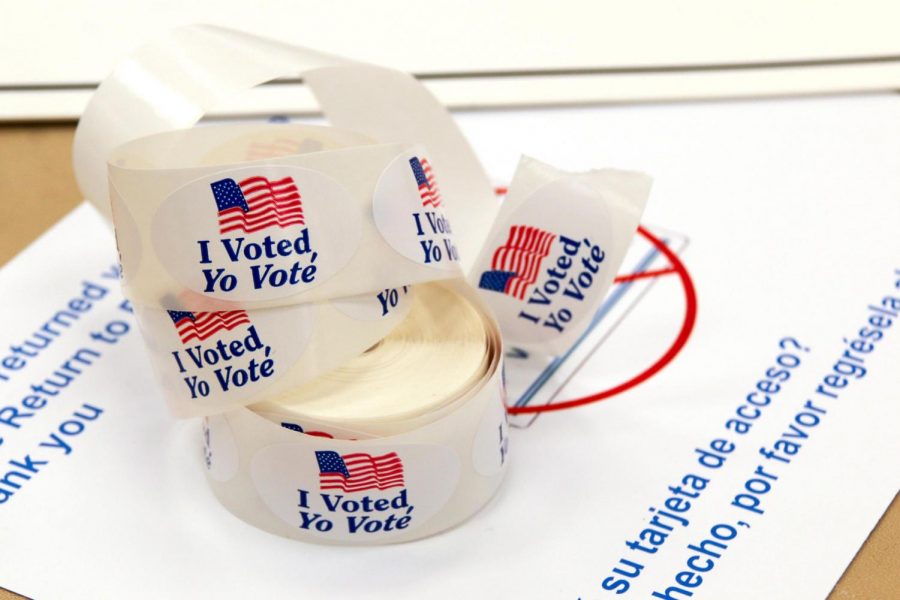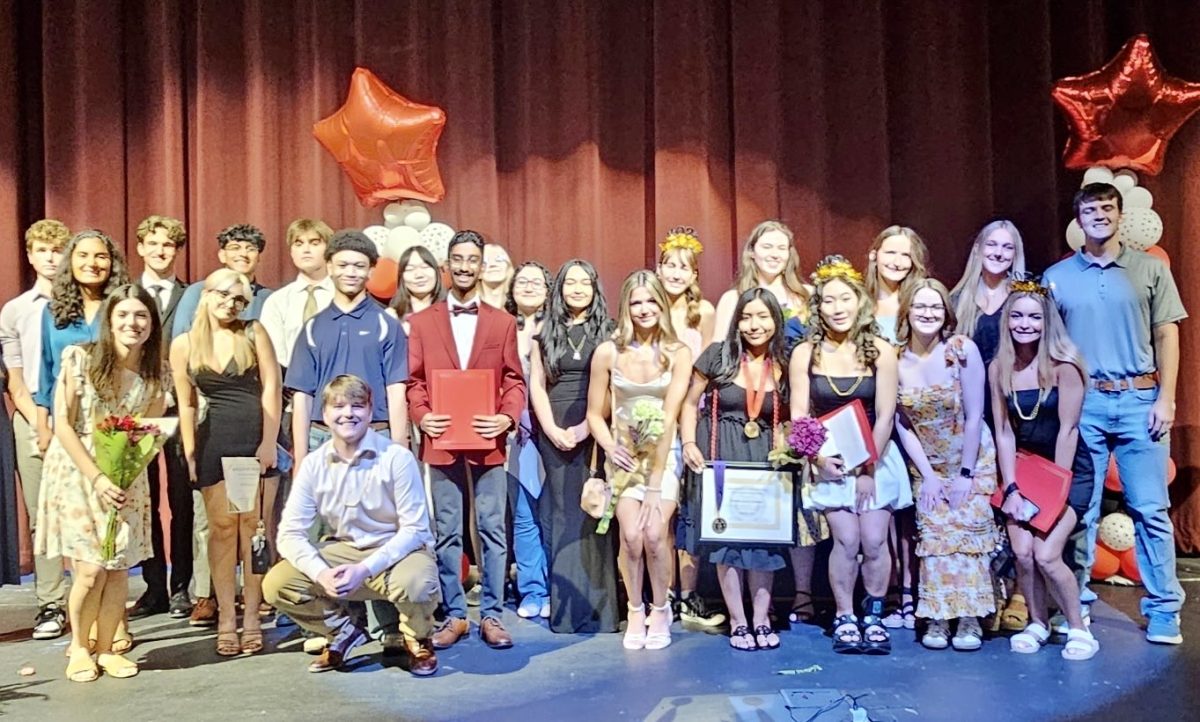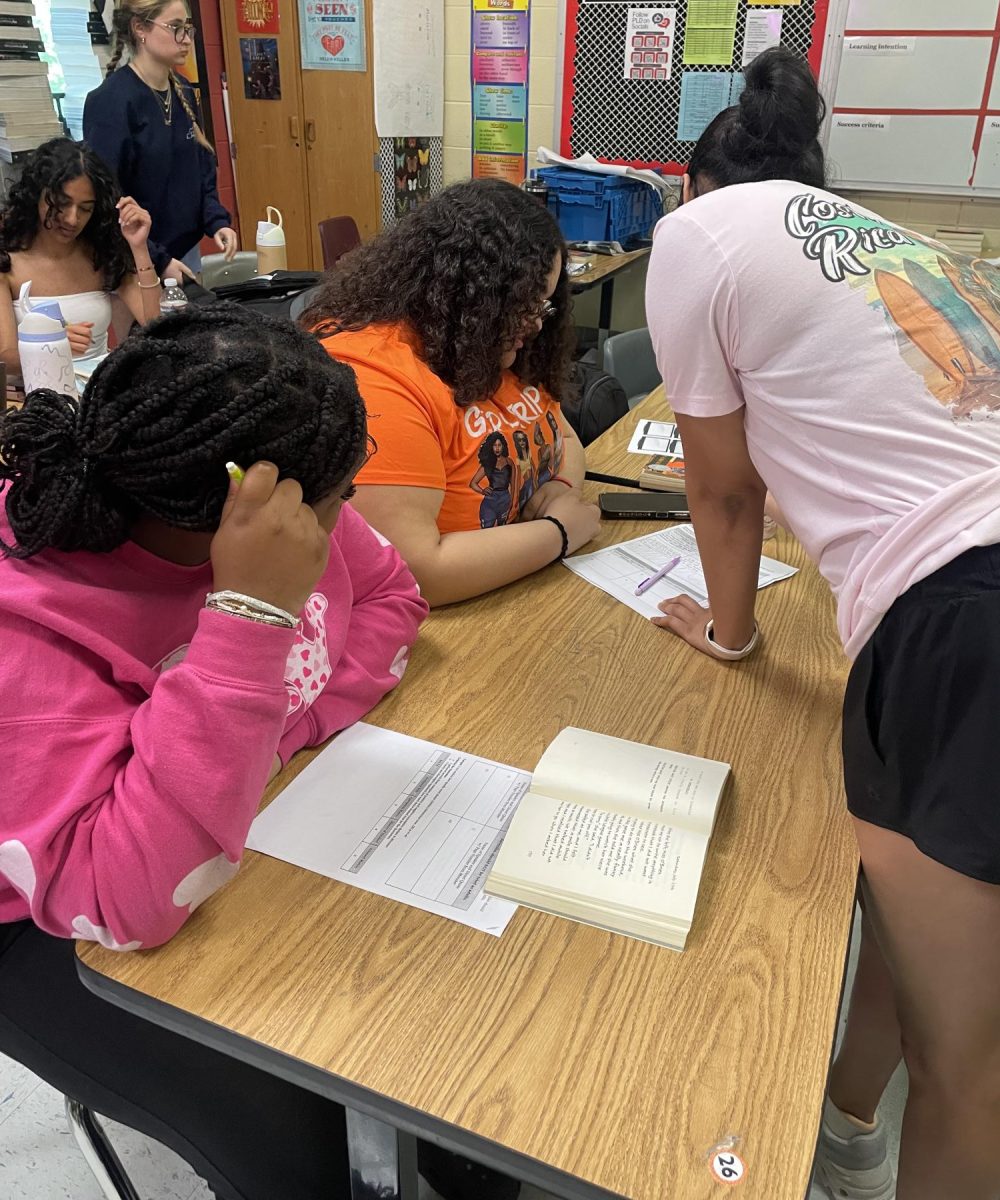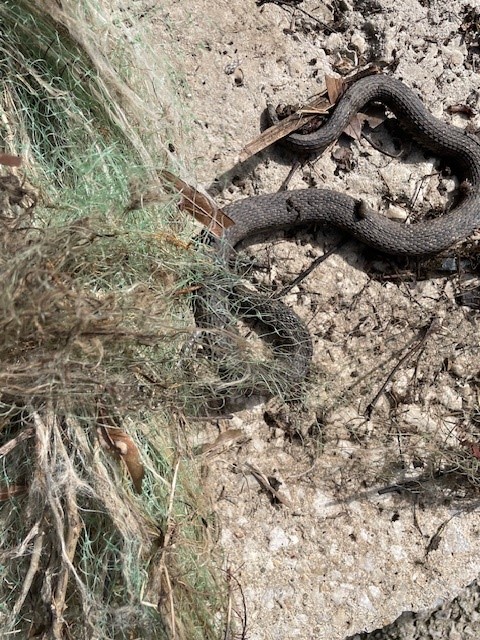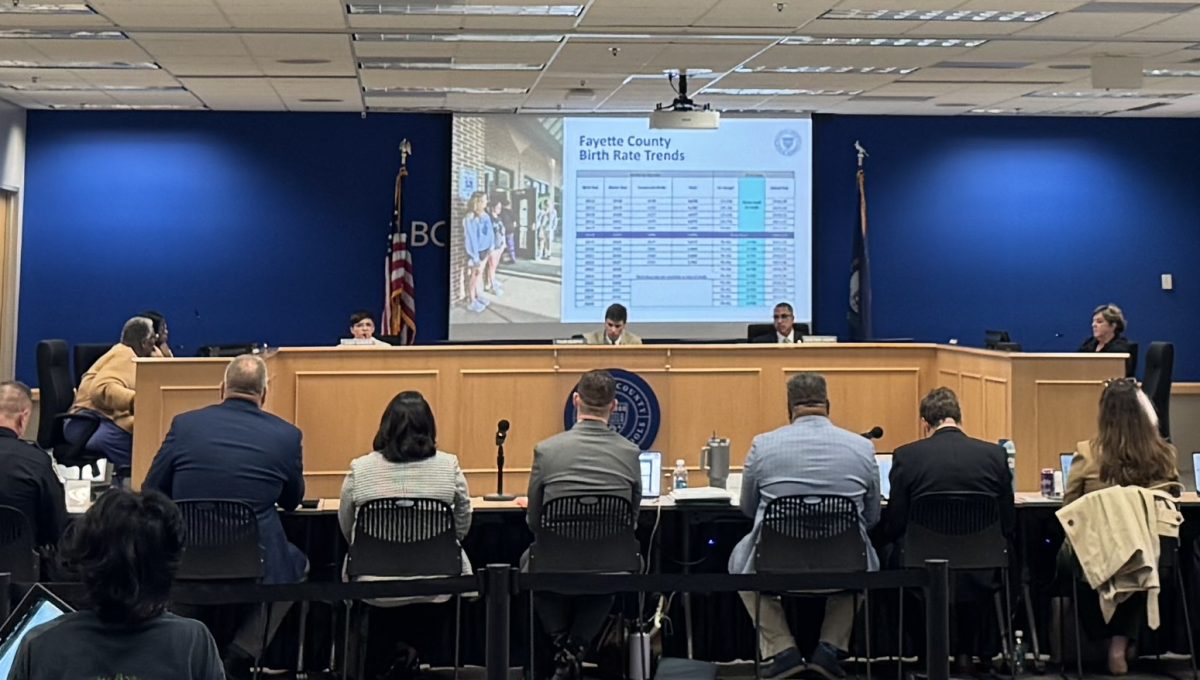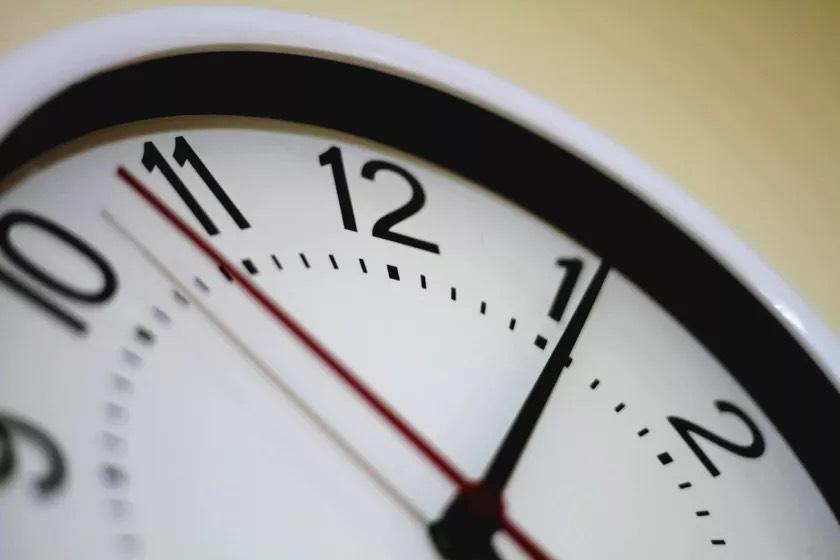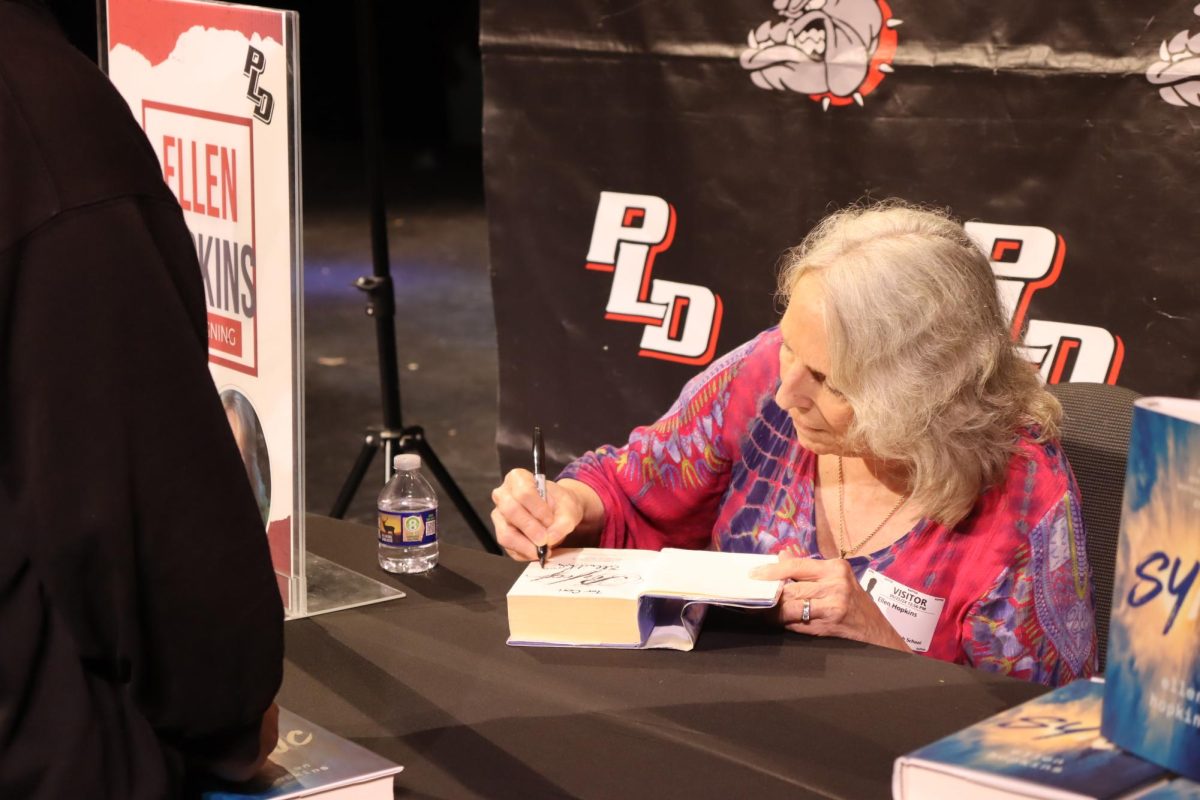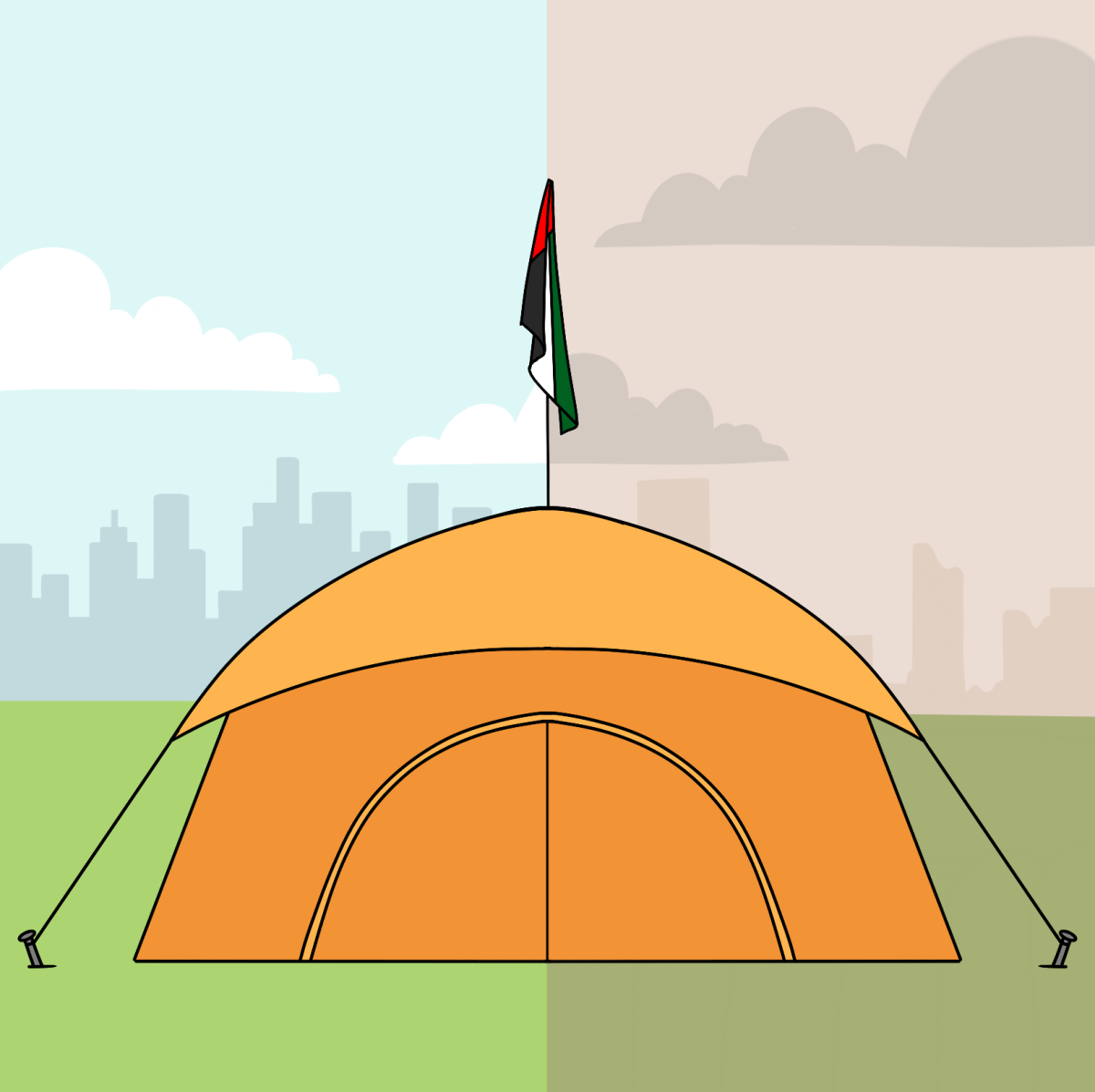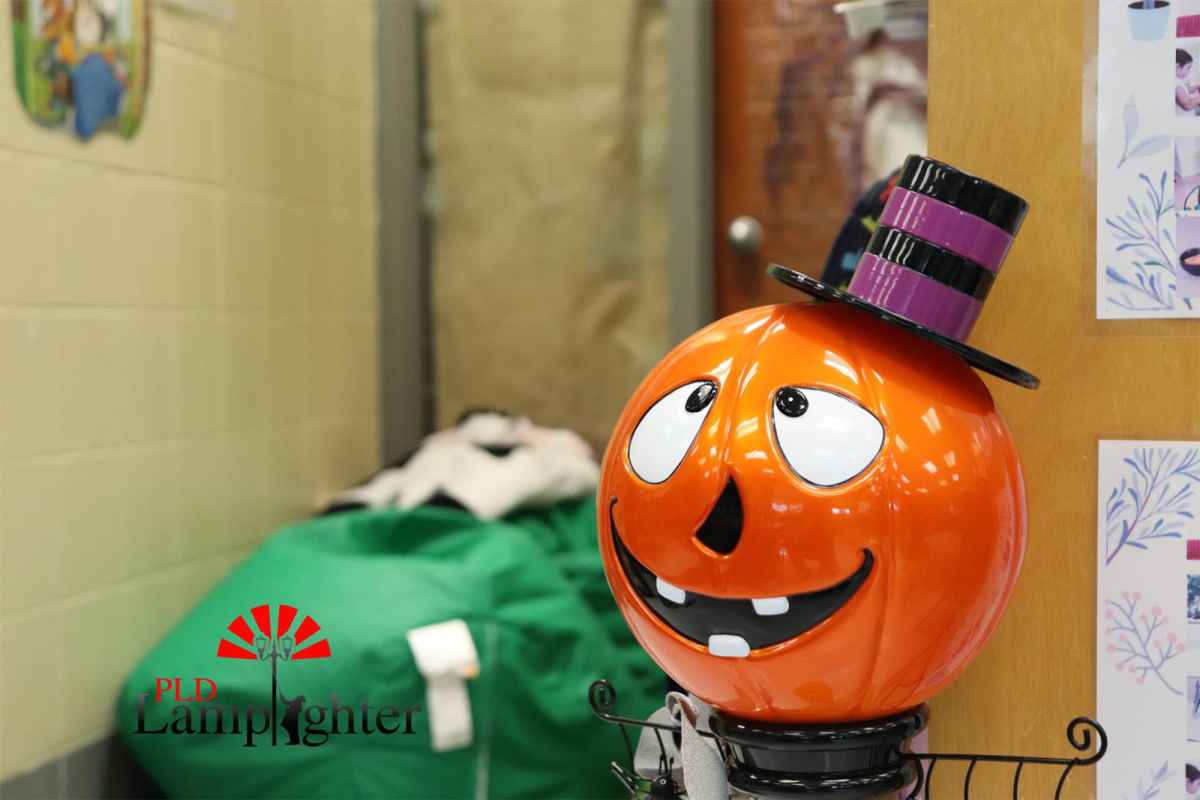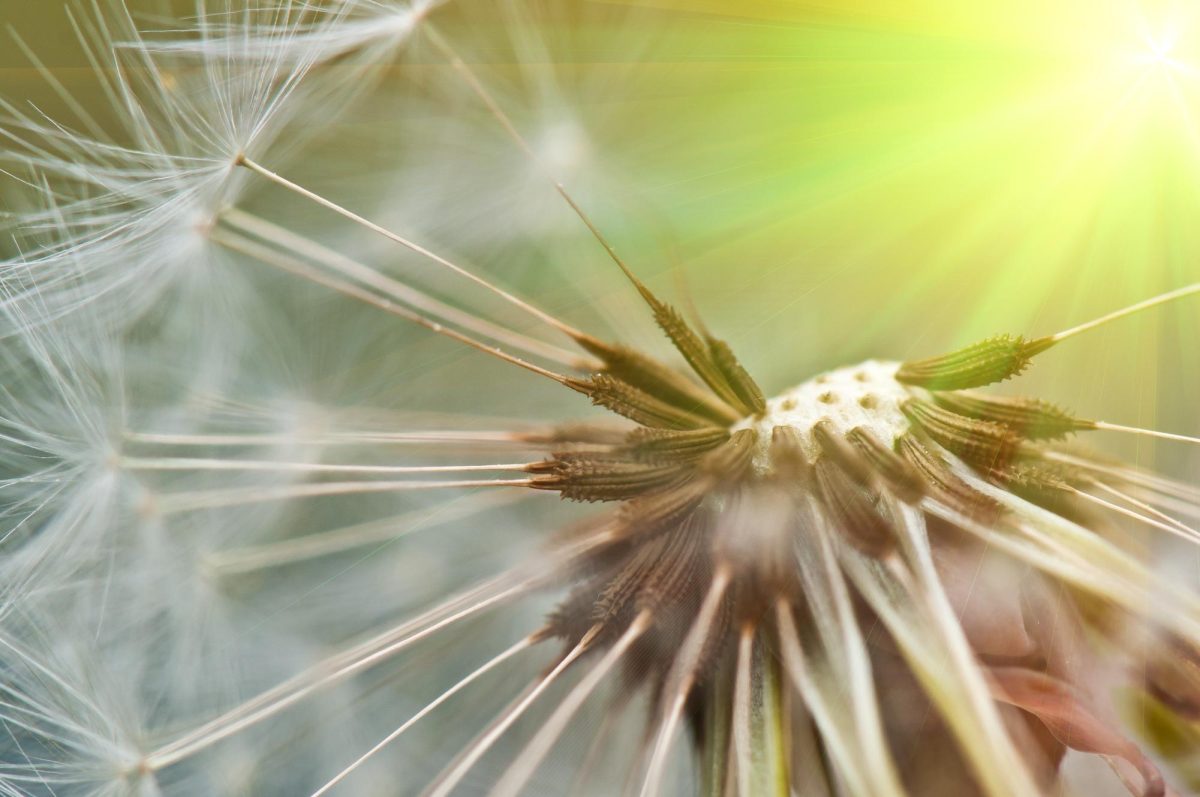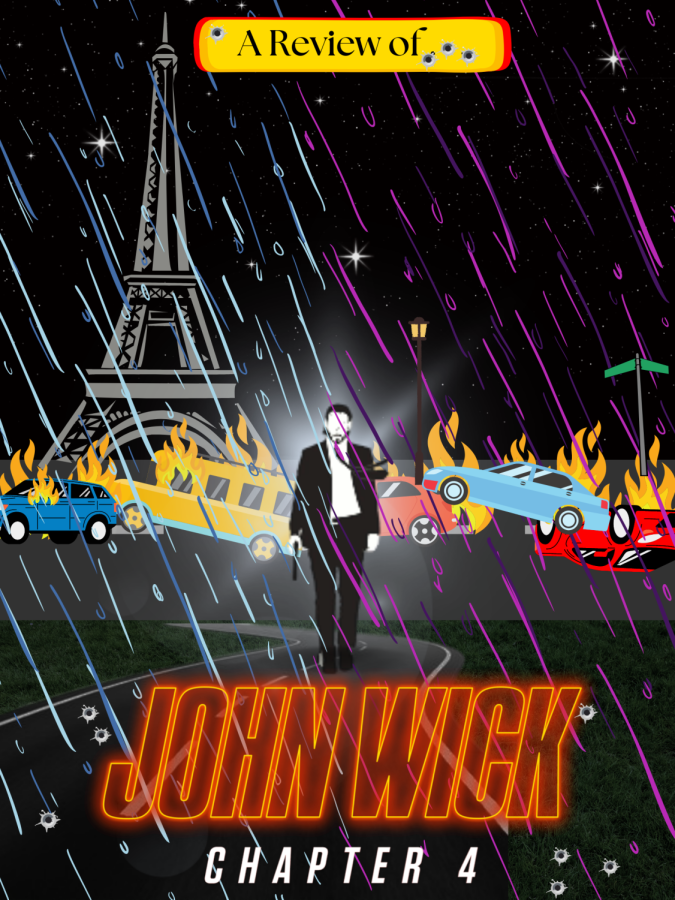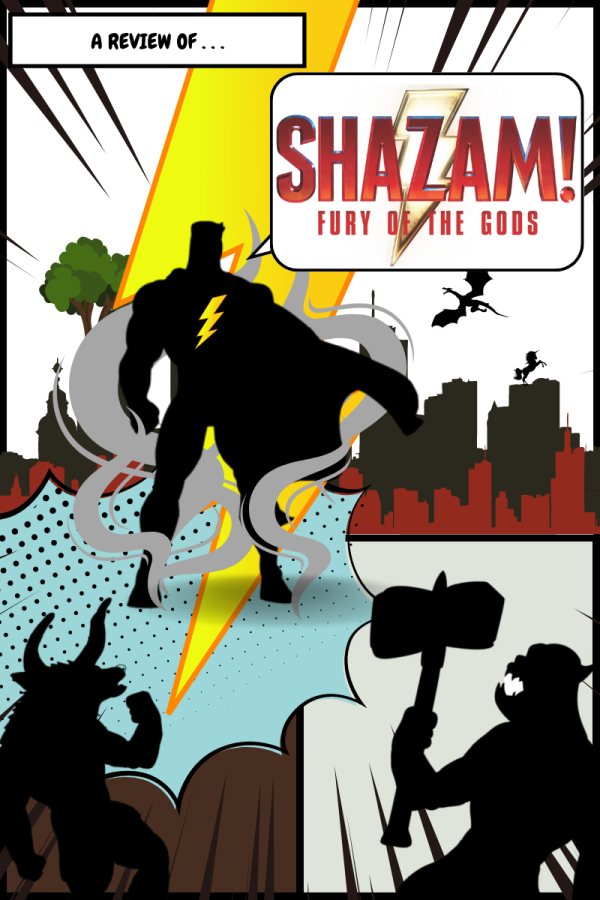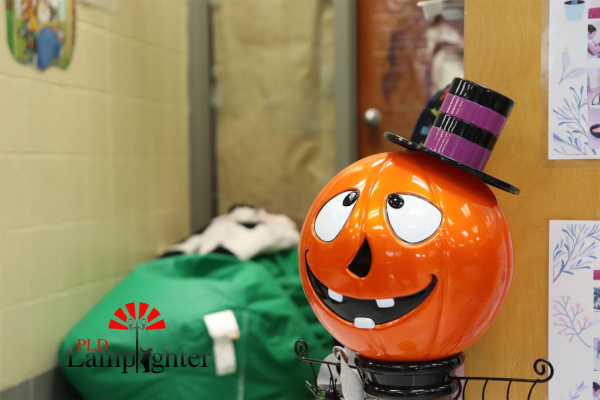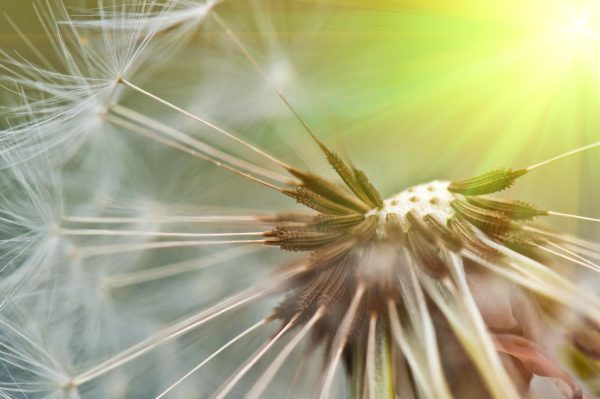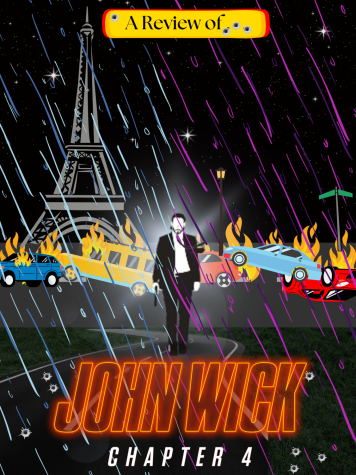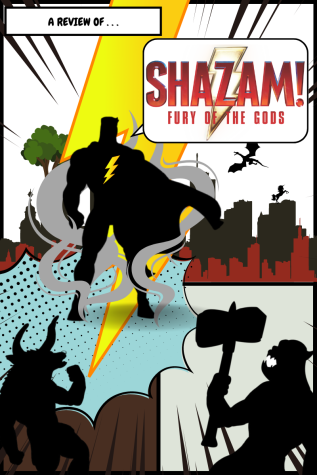Dia de los Muertos: Honoring Those That Have Passed On
Dia de los Muertos is a Latin American holiday celebrated on Nov. 1. Dia de los Muertos translates to Day of the Dead and is dedicated to honoring the deceased with lively celebrations. The holiday originated in Mexico and has been celebrated since before Spanish conquistadors landed in the New World. Although the Catholic religion has merged somewhat with Dia de los Muertos (All Saints Day is also celebrated on Nov.1), it maintains a majority of its Aztec traditions.
On Sunday, the Living Arts and Science Center held the 9th Annual Day of the Dead Festival. The festival including traditional food, decorations, costumes, altars and even crafts for the kids that attended.
The festival was kicked off with traditional food offered by several vendors. There is usually a line, but many people consider the taste of freshly made churros, plantains, and other flavors of Latin America well worth the wait.
The most prominent parts of the festival were the colorful costumes and decorations. Women wore traditional dresses in bright colors, and many people had their faces painted to look like skulls. Candles lit up the night, and there were butterflies and brightly colored skulls at every turn. To top off the décor, paper cutouts and flowers hung from the ceiling and the walls.
Inside, there were activities geared toward children who wanted to participate in making Dia de los Muertos decorations. The most popular activity was the decoration of sugar skulls, but kids could also make paper flowers, color paper butterflies and decorate tin buttons.
In addition to the festivities at the Living Arts and Science Center, there were candles in decorated milk jugs that led the way to the Old Episcopal Burying Ground. Inside the cemetery, there were many altars set up to honor the dead. The altars were all made for the same purpose, but were unique in their own beautiful way. Decorations included flowers, butterflies, candles and, of course, skulls. One altar even had a full skeleton in a red dress, with long, flowing red hair.
There were also traditional dances taking place in the Old Episcopal Burying Ground. Performers ranged from young children to adults, but everyone danced and had a great time, regardless of age.
All in all, the festival was a well orchestrated event. Be sure to make a note of this event to participate in this colorful celebration next year.

My name is Julia Radhakrishnan and I am a sophomore in MSTC. This is my first year on the Lamplighter and I am very excited to be part of such a talented...

